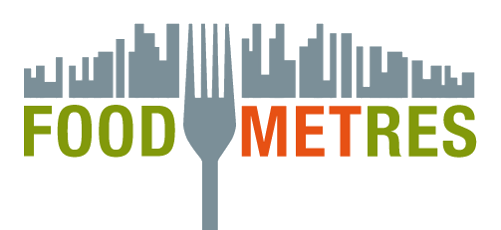Milan Urban Gardening
Public and private urban agriculture sites have been identified through the manual analysis of high-resolution satellite images, made available on GIS software by the OpenLayersplug-in. This free plug-in allowed us to work directly from the GIS software on satellite maps made available by Google, Yahoo and Bing. We used Google Earth as basic tool for visual interpretation and polygon digitalization, while other services have been used for their additional features to support the cultivated plots detection, especially the oblique view of Bing Maps. Manual image analysis can be tedious, but it does not require an enormous amount of time and it has the advantage of being available for free.
Mapping and classification of gardens show a high variety of different typologies like Municipal allotments, Private allotments, Community gardens (private and public), Educational school gardens (private and public),Corporate gardens, Exhibition gardens and Self managed gardens. Self-managed gardens are the most widespread, followed closely by front and backyard home gardens: however the number of cultivated plots of community garden projects should be measured for an effective spatial comparison between the different typology. The current version of the database (fig. 1) contains 886 polygons for a total farmed area of about 193 hectares (1,06% of the total area of the municipality).

The gardens identified in this research were extremely diverse. They varied greatly in size (from a large field to a narrow space between a building and a sidewalk) and in organization (from allotment gardens with individual plots, to communally worked gardens, to therapeutic gardens and school gardens). These gardeners grow spaces that range in size from roughly 12 m2 to 125 m2, with a prevalence of plots of 25 m2; they did not tend to grow sufficient food to sustain themselves and their families as it for most of the gardeners the gardens plays a strictly supplementary role, filling gaps in their diets. In addition, participants exhibited tremendous diversity in terms of cultural background and motivation for gardening.
